
John was joined in European service by two other cousins, brothers Lester and Carlton Steele. Their parents were my mother’s aunt Florence Shanks Steele and uncle Lester J. Steele, Sr. Both brothers served in Europe in very different, yet very significant roles. Both brothers came home. Lester was born on April 1, 1920 in Lexington, KY. He entered service in Cincinnati, Ohio on May 6, 1942 and was assigned to the 22nd Infantry, Medical Corps, 4th Division. He was honorably discharged on November 1, 1945 after 2.5 years of service. He served as a medic on the beach on D-Day and on his documentation is listed as a surgical technician. The documents are copies and not in great condition with smearing and ink blots, so there’s not much more information I can glean from them, however the 22nd Infantry is well documented, has a very impressive history and still has an active association. I contacted a couple of men who help preserve the history of the unit. Bob Babcock responded back, sending me unit details and a 122 page document of their actions in Europe. A lot to digest, so I pulled a few factoids of interest related to Lester’s role in battle and a few words on the actions of his unit on D-Day and the months after.
Bob also sent me links to their archives online. The following information was obtained listening to the oral history of a man who served with the 22nd Infantry, E Company 2nd Battalion, 4th Division, a Mr. Ellison “Bill” Parfitt. His experiences were different in many ways from Lester’s, but through his words I was able to get the troop movements and information about people they encountered along the way to victory. A few very notable persons were present with this group as they fought their way from the shores of France all the way to Germany. So, knowing this route helps me to see through Mr. Parfitt’s eyes what Lester may have seen.
Before all the action started, the 4th Division started training its men in 1943 at Camp Croft in South Carolina. The next stop was Camp Gordon in Augusta Georgia, where German POW’s were also housed. Fort Dix in Trenton, New Jersey provided training and staging grounds for both WW1 and WW2, so this was the next stop. Many in the infantry were sent to Camp Gordon Johnston in Apalachicola, Florida for amphibious training at St. George Island. With Lester being part of the medical team, I’m sure he had a different destination, but this part of the journey for the unit was vitally important to their role in landing on the shores at Normandy. Columbia, South Carolina and Camp Jackson were next, but the most important was their point of embarkation – Camp Kilmer in New Jersey. From there, they would head overseas.
In January of 1944 the 22nd and all their forces shipped out of New York City and later that month landed in Cardiff, Wales. They were stuck on the ships for a couple of days, as the city was in the process of being bombed by the German Luftwaffe, a popular target due to being an active coal port. Once the coast was clear, the next stop was Devonshire in England for more extensive training. Devonshire hosted an Assault Training Center and this is where the American troops were to prepare for the amphibious assault on the beaches in June. Mr. Parfitt recalls President Eisenhower visiting the troops there at one point. Close to the time of the planned assault on the beaches, the unit was put into a 10 day lockdown, where the men played cards, chatted, drank coffee and just waited until the big show began. One of the officers leading the men into battle was none other than Brigadier General Teddy Roosevelt, Jr., age 56 and the oldest officer in charge in that engagement. He was known as a likable man who engaged with his men. He was in the first landing group and in the Higgins boat with Mr. Parfitt as they landed on the shores on June 6th, 1944. Having befriended Bill, they even made plans to go fishing together once the war was over.
From the 4th Infantry After Action Report sent to me I gathered information, and this quote related to their actions after D-Day and beyond: “For the next 299 days, the 41D fought the Germans without relief. No other American division accomplished as much.” Lester, as medical staff would have been at a Battalion Aid Station and in charge of treating the wounded and those who would not come back from their injuries. The unit took light casualties on D-Day itself, but in subsequent days lost 5,452 men; 844 killed in action, 3,814 wounded, 788 missing altogether and 6 men captured as POW’s. As I learned from Mr. Parfitt’s oral history, many were patched up and sent right back out to fight again. Traumatizing for the men who were wounded, and I imagine for the men treating them knowing that they might not make it back from a second hit. My mother told me that Lester was never the same again once he returned from war, and knowing what I do about PTSD, it’s certainly no wonder.
After D-Day, the 22nd and its forces headed toward Cherbourg. According to Mr. Parfitt the rain was relentless and mud abounded. As if the losses they went through on the day of the assault wasn’t enough, the men were hit with a personal tragedy. The much admired Brig. General Roosevelt died of a heart attack on July 12, 1944. His funeral was held in France and attended by General Patton, while men from the 4th Division marched in his processional. Somewhere along the way they picked up a couple of stragglers – war reporter Ernie Pyle and author Ernest Hemmingway, who both spent time in the trenches with the unit. August 27th brought them into Paris to be part of the liberation of the great city. Locals presented the men with fresh vegetables and some even offered up their daughters to the men as they passed through the city. Mr. Parfitt as a happily married man was mightily disturbed to see this, and as grateful as the people were for being liberated I have to wonder as a parent just what the hell were they thinking? Not having been under the thumb of the Nazi’s, I suppose I can’t really identify.
After Paris, they arrived in Hurtgen Forest in November of 1944. The battle that waged there went from September 19-February 10, 1945 and allied troops suffered 4,500 casualties. This unit was involved upon arrival and stayed until December 16, 1944, as they were then thrust into the Battle of the Bulge to be fill in troop support. According to the documents I have on Lester, he arrived back in the United States January 24, 1945. His unit and the 4th Division went on to continue the fight until September of 1945 when the war ended. Lester was honorably discharged on November 1, 1945. He earned a Purple Heart, American Theater Ribbon, European-African-Middle Eastern Ribbon, 2 Bronze Stars, WW2 Victory Medal and a Good Conduct Medal. He came home to his wife and family and worked as a clerk and equine artist. Later he was presented with a Certificate of Appreciation and was a charter member of the Battle of Normandy Memorial Museum. He passed on December 25th, 2004 at the age of 84.
-Tammi


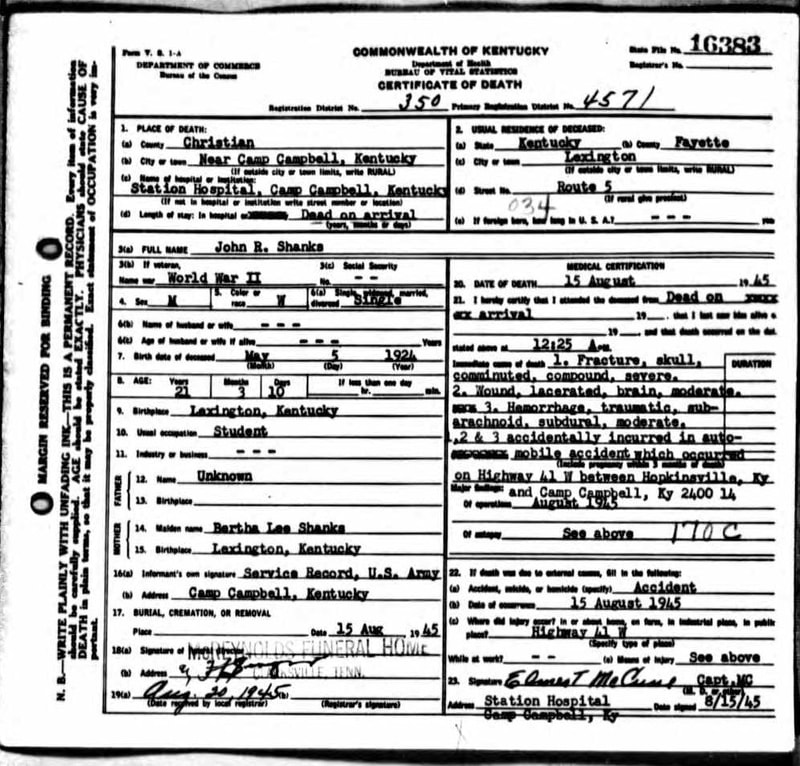
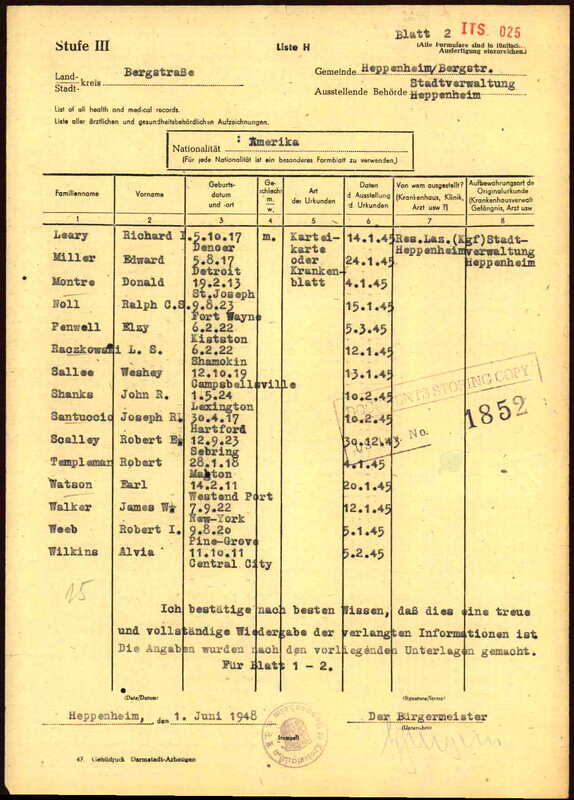
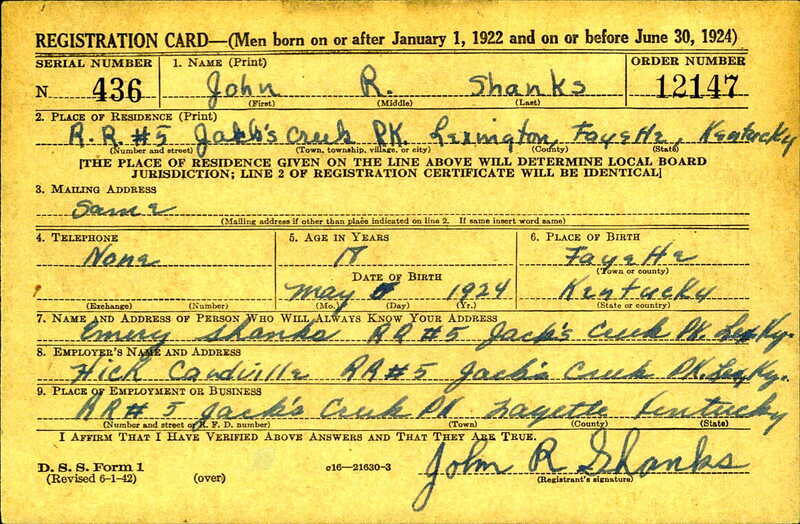
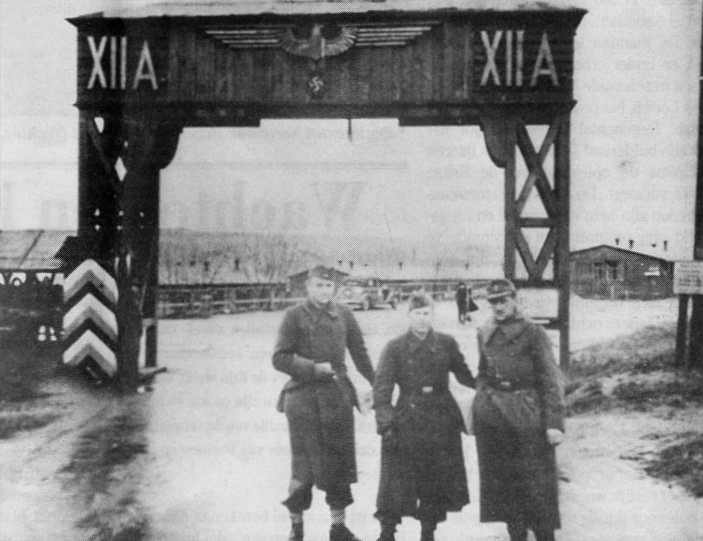
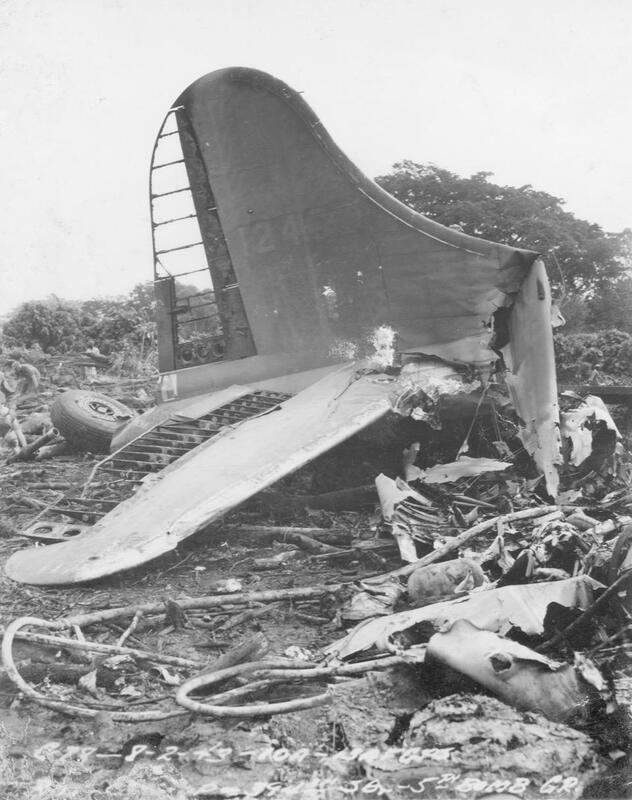
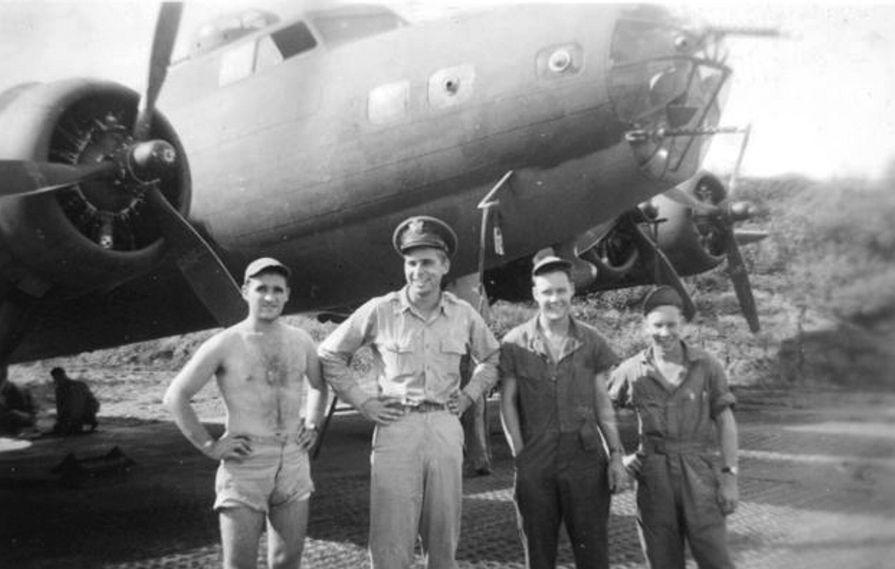



 RSS Feed
RSS Feed